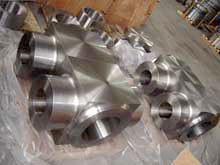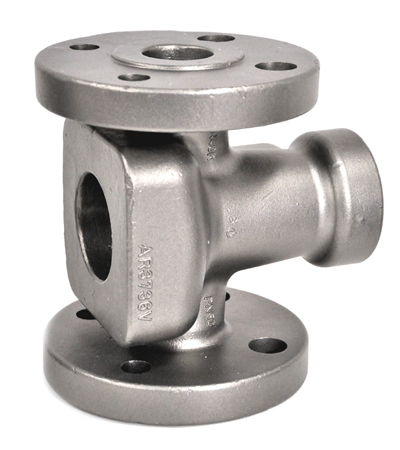Forging and casting are two of the most common ways to create high-quality valves. The biggest difference between forging vs casting valve methods is how they’re carried out.
Forging Valves

Forged valves are created using a forging method that involves shaping metals and alloys while they’re in their solid form. Heat and industrial-size tools deliver compressive forces to bend the metals and alloys, and dies are used to cut and shape the materials to create specific valves. Forging can be performed in most temperatures depending on the metals used.
Forging valves presents many benefits for industrial companies. For example, companies don’t have to worry about wasted materials. Since forged valves are shaped into one solid piece, little effort is needed to rework the material to achieve the proper shape and size.
Forged valves have a reputation for being strong, which make them ideal for handling high-pressure and high-temperature systems. During the forging process, the metal’s grain structure becomes more refined. This leads to an increase in impact and overall strength. Also, forging boosts its resistance to common issues such as cracks, shrinkage, and porosity.
On top of that, forging can create valves with less wall thickness. This helps to reduce the likelihood of thermal fatigue during valve operation. This also means that forged valves can be heated and cooled more quickly, which allows them to adequately handle the stresses of systems that continuously cycle through start-up and phase-down processes.
Casting Valves

Unlike forging, casting uses the liquid form of metal to create valves. These metals are melted into a molten liquid and poured into various molds. Once the liquid cools and solidifies, it’s broken out of or ejected from the mold.
One of the biggest benefits of casting is that it can create valves with complex shapes, patterns, and sizes. Using a mold to manufacture these devices gives you more freedom to make different types valves with more intricate parts.
Casting valves are also a great cost-effective solution for many companies. It allows you to make valves using more types of metals and alloys. Plus, since it doesn’t require as much labor as forging valves, casting helps to reduce machining costs, especially when creating valves of complex shapes.
Most importantly, casting valves provides an easier and less time-consuming way to make replacement parts when a system’s current valves break down and deteriorate.